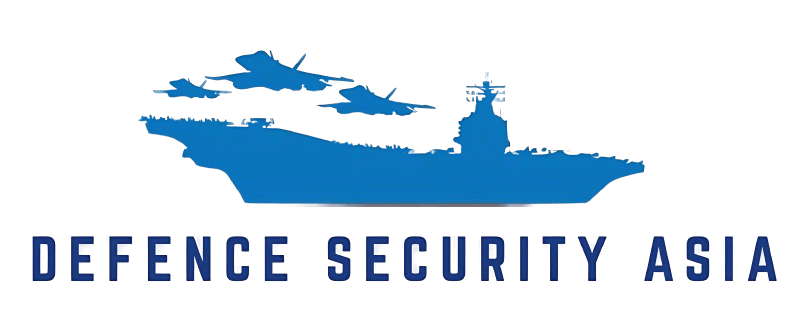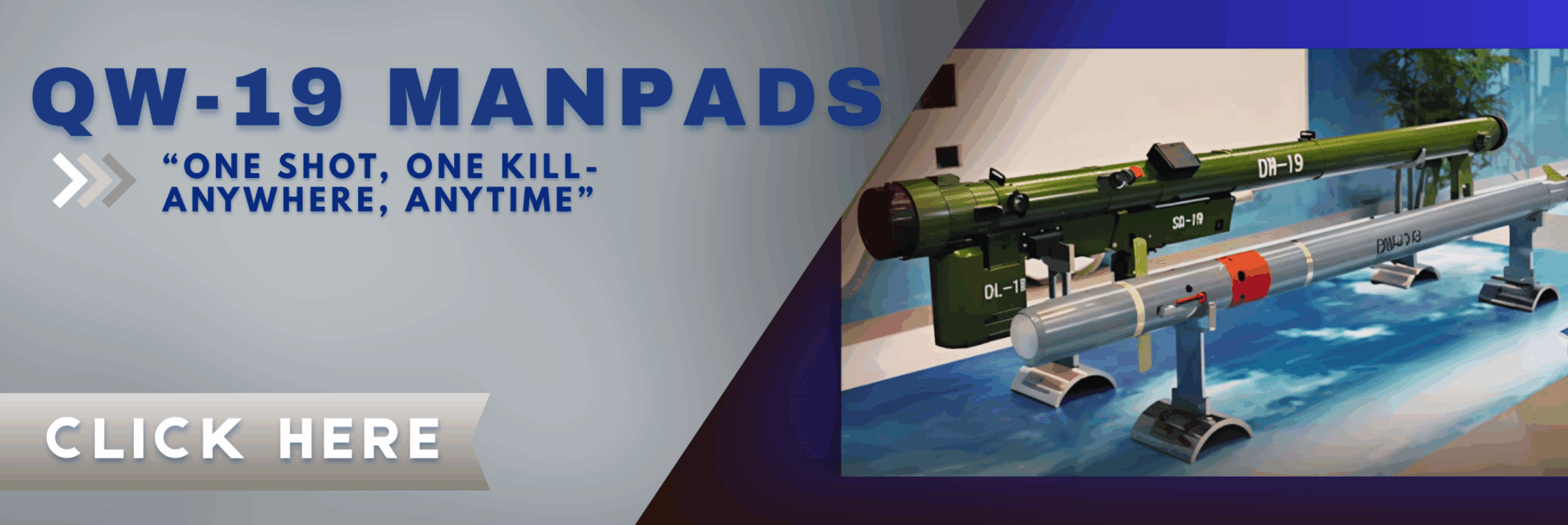“A Worrying Development”: Chinese Fighters Roar Near Israeli Border in Historic Egypt-China Air Drill
The high-profile drill, involving the Egyptian Air Force and China’s People’s Liberation Army Air Force (PLAAF), is viewed by Israeli defence officials as a geopolitically significant event with far-reaching implications for Israel’s strategic posture and deterrence framework in the Middle East.

(DEFENCE SECURITY ASIA) – Israeli media have sounded the alarm over the unprecedented joint air exercise between Egypt and China, codenamed “Eagle of Civilization 2025,” describing the manoeuvres—held near Israel’s border—as a “worrying development” that could recalibrate regional security dynamics.
The high-profile drill, involving the Egyptian Air Force and China’s People’s Liberation Army Air Force (PLAAF), is viewed by Israeli defence officials as a geopolitically significant event with far-reaching implications for Israel’s strategic posture and deterrence framework in the Middle East.
According to the Israeli daily Maariv, advanced Chinese J-10C multirole fighters involved in the exercise reportedly flew alarmingly close to Israeli airspace, marking a provocative and symbolic move by Beijing in a region already gripped by military tension.
The proximity of Chinese combat aircraft to Israel’s frontier has been interpreted by Israeli analysts as an escalatory signal, underscoring growing Chinese assertiveness and Egyptian alignment with emerging global military poles.
“Reports from the Israeli press claimed that Chinese fighter jets participating in the joint military exercise (with the Egyptian Air Force) flew unusually close to Israel’s border, and described the situation as a worrying development.”
The same reports highlighted that the drill includes a large number of modern combat aircraft and is taking place against the backdrop of rapidly escalating tensions across the broader Middle East theatre.
Strategists and security analysts have warned that Egypt’s increasingly robust military ties with China—including potential procurements of Chinese-origin advanced weapon systems—pose a long-term challenge to Israel’s qualitative military edge (QME), a cornerstone of its national defence doctrine.

The Maariv report also noted that this latest episode comes amid rising Israeli concerns over Egypt’s recent military deployments in the Sinai Peninsula, a region whose demilitarized status was originally enshrined in the Camp David Accords.
Several Israeli military experts believe that the scope and intensity of Egypt’s manoeuvres, combined with its defence engagement with China, may constitute a tacit erosion—or even a violation—of the peace agreement that has underpinned Egyptian-Israeli security relations since 1979.
Ties between Cairo and Tel Aviv have noticeably frayed since the outbreak of the Gaza conflict, as Egyptian officials grow increasingly apprehensive about a potential mass displacement of Palestinians into the Sinai and the attendant risks to Egypt’s internal stability and border security.
In March, prior to his retirement, former Israel Defense Forces (IDF) Chief of Staff Lt. Gen. Herzi Halevi expressed alarm over the scale and modernization of the Egyptian Armed Forces, warning that its capabilities have become “very concerning.”
“We are extremely worried about this,” Halevi stated in an interview with Channel 14. “Egypt has a large and capable army equipped with advanced weapons systems, fighter jets, submarines, warships, modern tanks, and a vast number of infantry troops.”
The Eagle of Civilization 2025 exercise—being held for the first time in history—has seen China deploy a suite of high-end platforms, including J-10C fighters, YU-20 aerial refuelling aircraft, and the KJ-500 airborne early warning and control (AEW&C) aircraft to Egypt’s Wadi Abu Rish Air Base.
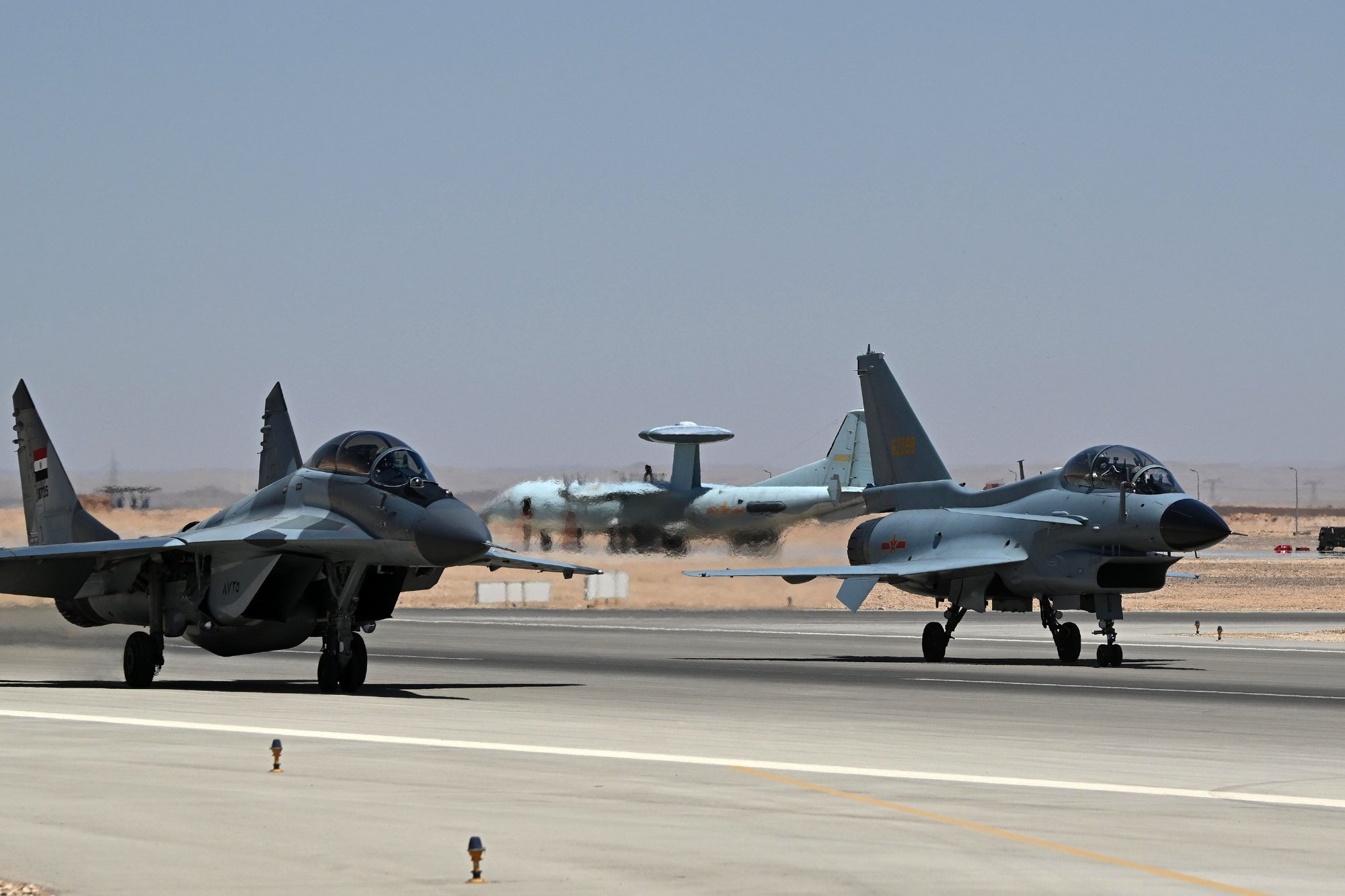
This also marks the first known overseas deployment of the KJ-500 AEW&C, a platform central to China’s integrated air combat architecture and increasingly seen as a counterweight to NATO-grade airborne surveillance systems.
The joint air drills officially began in mid-April and are scheduled to continue through early next month, representing a major step forward in China’s strategic military diplomacy in the Arab world.
China’s Ministry of National Defence described the exercise as an initiative designed to “promote practical cooperation and strengthen mutual trust and friendship,” signalling Beijing’s long-term ambitions to deepen security linkages with key regional players beyond its immediate neighbourhood.
“This is the first-ever joint military exercise between the two countries, and it is pivotal in building pragmatic cooperation and reinforcing mutual trust and friendship,” the ministry said in an official statement.
Speaking to Global Times, a Chinese military analyst noted that the aircraft sent to Egypt represent China’s frontline assets and are configured to operate as part of a tightly integrated, multi-domain combat team.
State broadcaster China Central Television (CCTV) reported that the first day of the drill commenced on a Saturday morning at the Egyptian airbase, with Chinese deployments including fighters, AEW&C aircraft, aerial tankers, and helicopters.
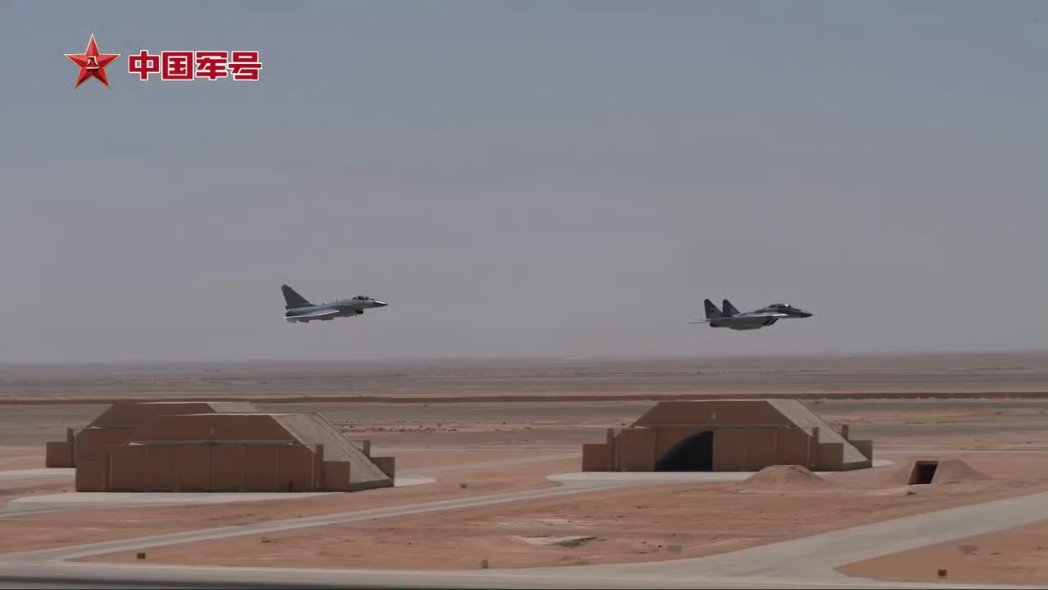
Imagery released by CCTV showed the presence of J-10C and J-10S fighter variants, the YU-20 strategic tanker, and the KJ-500 AEW&C platform, while Egypt fielded its Russian-origin MiG-29 multirole fighters in the exercise.
These aircraft are considered core components of the PLAAF’s combat capabilities, designed to operate in synergy within an increasingly information-centric and networked battlespace.
“The aircraft function cohesively in a sophisticated system where the YU-20 provides aerial refueling to the J-10Cs, significantly extending their operational range, while the KJ-500 integrates a dense and high-capacity information network,” explained Wang Ya’nan, editor-in-chief of a leading Chinese aerospace publication, in an interview with Global Times.
According to Wang, China’s participation in joint exercises with friendly nations is part of its broader effort to institutionalize defence diplomacy and enhance operational interoperability with future partners.
He further emphasized that the drill offers a unique opportunity for the Egyptian Air Force—currently in the midst of a sweeping modernization campaign—to evaluate advanced Chinese platforms and explore procurement options.

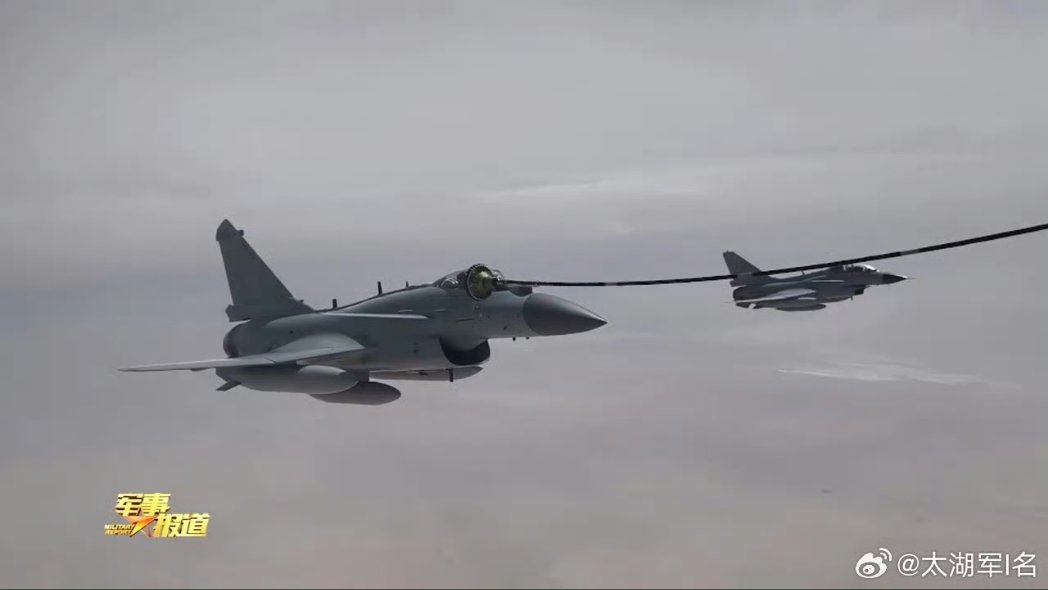
International defence outlets have previously reported that Egypt is eyeing the acquisition of up to 40 J-10CE fighter jets from China, the export version of the J-10C “Vigorous Dragon,” which is armed with PL-15 long-range beyond-visual-range (BVR) air-to-air missiles.
The J-10CE, built by Chengdu Aircraft Corporation, represents a significant leap in affordability and capability for countries seeking 4.5-generation fighter aircraft with active electronically scanned array (AESA) radar, digital fly-by-wire controls, and multi-role combat versatility.
Should Egypt proceed with the deal, it would signify a landmark shift in its procurement strategy, moving beyond traditional Western and Russian suppliers and embracing a new era of Sino-Arab strategic alignment.
— DEFENCE SECURITY ASIA

